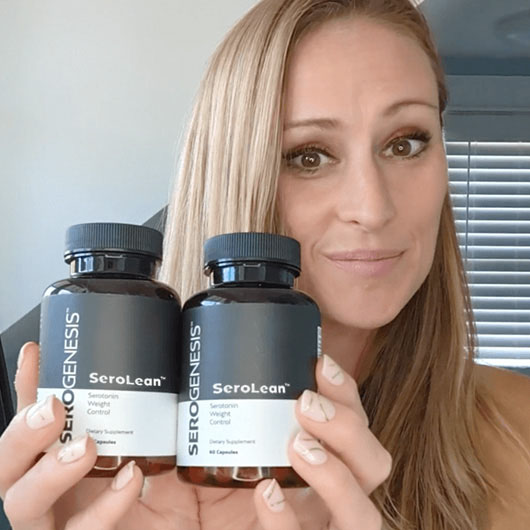You’ve been through a tough journey of injury and rehabilitation, but now you’re ready to track your progress and keep an eye on your recovery. When it comes to tracking your recovery and injury rehabilitation progress, it’s important to pay attention to various key indicators. These indicators can help you and your healthcare team assess how well you are progressing and make necessary adjustments to your treatment plan.
Whether it’s through physical therapy exercises, pain levels, or range of motion, understanding these indicators will empower you with the knowledge and insight to make informed decisions about your recovery plan. From physical symptoms to psychological well-being, each aspect plays a vital role in determining your overall recovery. By understanding and monitoring these key indicators, you can stay on track and ensure a successful rehabilitation journey.
Physical Symptoms
Physical symptoms are often the most noticeable indicators of your recovery and rehabilitation progress. Pay close attention to any changes or improvements in your symptoms. Are they decreasing in severity or frequency? Are you experiencing any new symptoms or sensations? These physical changes can provide valuable insights into how well your body is responding to treatment and whether adjustments need to be made.
Pain Levels
Pain levels are another important indicator to monitor during your recovery and rehabilitation journey. Keep track of your pain levels using a pain scale, ranging from 0 (no pain) to 10 (severe pain). Documenting your pain levels over time can help you and your healthcare team understand how well your pain management plan is working. It can also serve as a valuable tool for determining the effectiveness of different interventions or therapies.
Range of Motion
Maintaining or improving your range of motion is crucial for a successful recovery and rehabilitation. This indicator refers to the extent to which you can move your joints and muscles without pain or discomfort. As you progress, keep track of any improvements in your range of motion. Is it easier to perform certain movements? Are you able to reach further or bend more easily than before? These changes indicate positive progress and indicate that your rehabilitation efforts are paying off.
Strength and Stamina
Rebuilding your strength and stamina is an essential part of recovering from an injury. Track your progress in terms of strength and endurance. Notice any improvements in your ability to perform physical tasks or exercises. Can you lift heavier weights? Are you able to sustain activities for longer periods without feeling fatigued? Your increasing strength and stamina are key indicators of your overall recovery progress.
Functional Abilities
Functional abilities refer to your ability to perform everyday activities without limitations or difficulties. Pay attention to any improvements in your functional abilities as you progress through your recovery and rehabilitation. Are you able to resume activities that were once challenging or impossible? Can you perform tasks that require coordination or dexterity with greater ease? These improvements demonstrate that your body is regaining its normal function and are key indicators of your recovery progress.
Balance and Coordination
Regaining balance and coordination is often a crucial aspect of recovery, especially after certain types of injuries. Monitor any improvements in your balance and coordination as you work through your rehabilitation program. Are you able to maintain your balance more easily? Can you perform movements that require coordination without stumbling or feeling unstable? These improvements reflect the progress you are making and are important indicators of your recovery.
Psychological Well-being
Recovering from an injury can take a toll on your psychological well-being. It’s crucial to pay attention to any changes in your mental and emotional state as you progress through your rehabilitation. Are you feeling more positive or optimistic? Do you notice a decrease in feelings of anxiety or depression? Monitoring your psychological well-being is essential for a comprehensive recovery. Consider seeking support from mental health professionals who can help you navigate the emotional challenges that may arise during your recovery journey.
You May Also Like
Sleep Quality
Sleep is an essential component of the body’s healing process. Monitoring and improving your sleep quality can significantly enhance your recovery and rehabilitation progress. Pay attention to any changes in your sleep patterns. Are you experiencing better quality sleep? Do you feel more rested upon waking up? Adequate rest and quality sleep contribute to optimal physical and mental function, so prioritizing sleep can greatly aid in your recovery journey.

Self-Reported Activities
Your own observations and self-reported activities are valuable indicators of your recovery and rehabilitation progress. Keep a journal or record of the activities you engage in and how they make you feel. Notice any changes in your capabilities or limitations as you engage in different tasks. Are you able to engage in activities that were once challenging or impossible? Are you experiencing less pain or discomfort during certain activities? These self-reported activities offer valuable insights into your progress and can help guide your rehabilitation program.
Timeframes and Milestones
Recovery and injury rehabilitation take time, and it’s important to set realistic expectations and milestones for yourself. Discuss with your healthcare team the expected timeframes for various stages of your recovery. Establishing specific milestones can provide you with a sense of progress and motivation as you work towards your goals. Celebrate each milestone reached, whether big or small, as they are significant indicators that you are moving forward in your recovery journey.
By monitoring these key indicators, you can gain a comprehensive understanding of your recovery and injury rehabilitation progress. Remember that each individual’s journey is unique, and progress may vary. Stay positive, be patient with yourself, and communicate openly with your healthcare team to ensure you are on the right track. With a holistic approach and a focus on these key indicators, you can maximize your chances of a successful recovery and return to an active and fulfilling life.



